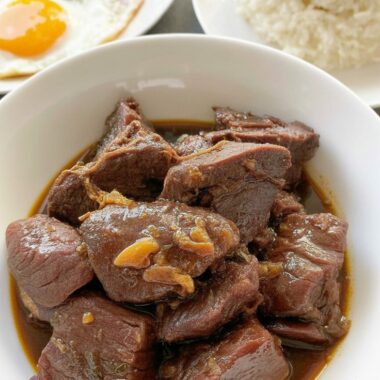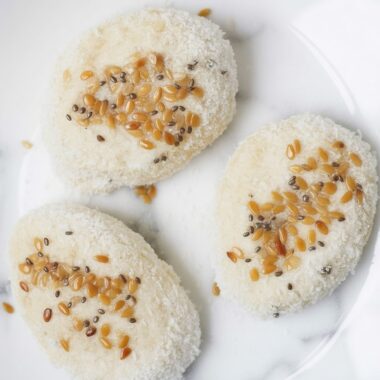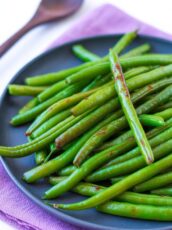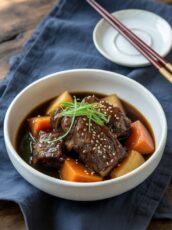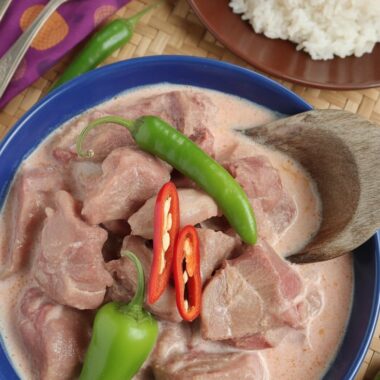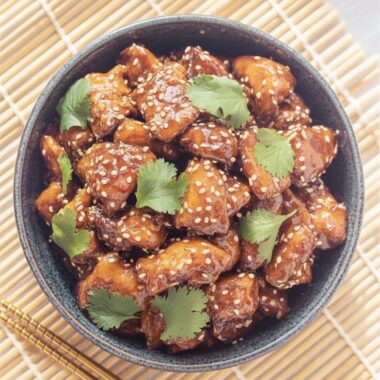Shabu shabu isn’t just a meal—it’s an experience. The sound of the broth bubbling, the quick swish of meat through hot liquid, the laughter at the table as everyone reaches in with chopsticks—it’s the kind of food that makes memories. I’ve spent many winter evenings around a steaming hot pot, and it’s still one of my favorite ways to bring people together.
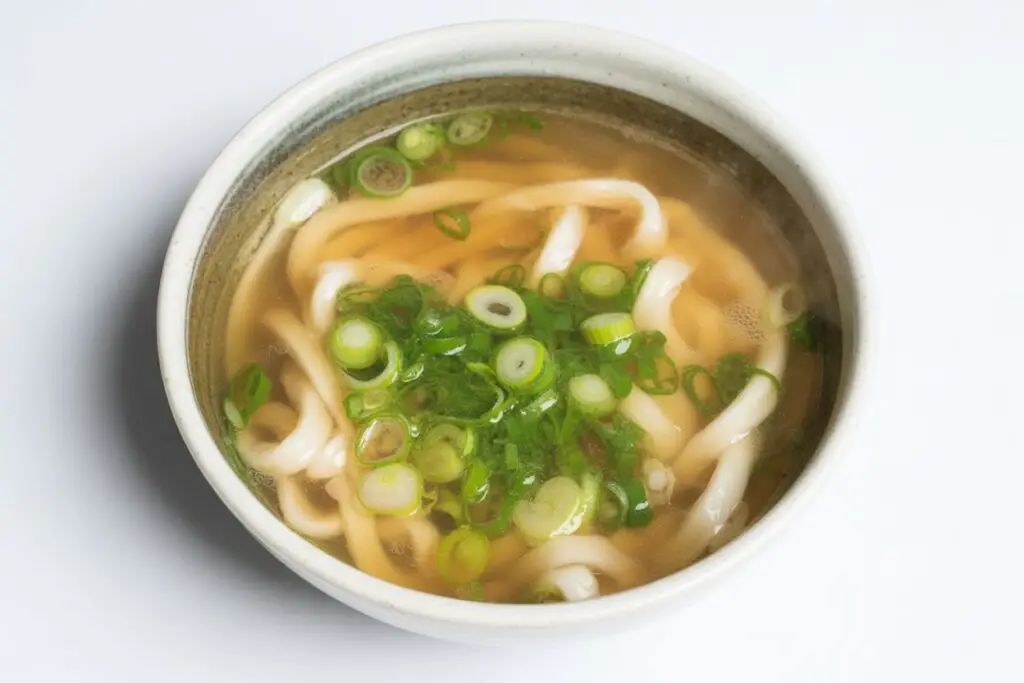
This guide will walk you through the basics of shabu shabu at home—broth, proteins, sauces, noodles, and even the right kind of pot. I’ll also share some tips I’ve learned from making it in my own kitchen and how I like to enjoy it with friends and family.
What is Shabu Shabu?
Shabu shabu is a Japanese hot pot dish where thin slices of meat (usually beef or pork) and fresh vegetables are quickly swished in a kelp-based broth at the table. The name itself comes from the swishing sound of the meat in the broth—“shabu, shabu.”
What I love about shabu shabu is that it’s interactive dining. Everyone cooks their food right at the table, customizing each bite with dipping sauces like ponzu (citrusy soy) or goma dare (creamy sesame). It’s a dish that turns dinner into conversation, and conversation into connection.
I remember my first time trying it at home—I had friends over in the middle of December, and the windows were fogging up from the steam. We laughed as someone lost their noodle in the pot and had to fish it out with chopsticks. That’s the beauty of shabu shabu—it’s messy in the best way.
How I Started Making Shabu Shabu at Home
At first, I thought shabu shabu was too “restaurant-only” to make at home. The thinly sliced beef looked intimidating, and I wasn’t sure I’d find the right sauces. But the more I experimented, the more I realized that it’s actually quite simple with a bit of planning.
One winter, I treated myself to wagyu slices from a Japanese market and tried making both dipping sauces from scratch. That was the moment I knew: homemade shabu shabu can taste just as good—if not better—than what you get out. Since then, it’s been a tradition in my kitchen every cold season.
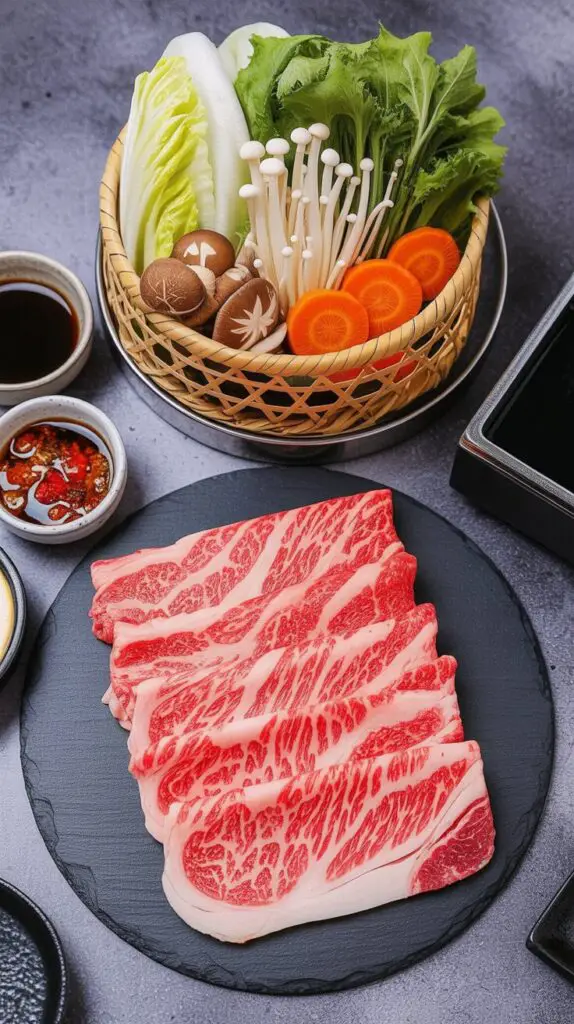
The Broth – Simple but Important
The base broth for shabu shabu is kombu dashi—literally just kelp soaked in water. It’s not bold or salty, because the sauces do the heavy lifting in terms of flavor. Still, I like to give mine a little twist by adding a strip of yuzu peel. If I can’t find yuzu, a bit of lemon peel works beautifully, too.
Here’s how I usually prepare it:
- A strip of dried kombu
- A splash of sake (this helps tenderize meat)
- Water
- Yuzu peel or lemon peel
Tip from my kitchen: soak the kombu the night before if you can. It gives the broth a deeper umami base without any effort in the moment.
Choosing the Protein
One of the joys of shabu shabu is that you can experiment with proteins depending on what’s available or who you’re cooking for. Here are some of my go-to picks:
- Beef: Ribeye is my favorite for its marbling, but sirloin works well too. When I serve wagyu, I let it shine by keeping the sauces simple.
- Pork: Pork belly adds richness, while shoulder is a little leaner but still flavorful. My family actually prefers pork when we’re cooking for a crowd—it’s more affordable but still delicious.
- Seafood: Yellowtail is a treat when it’s in season, and crab feels like a celebration food. I’ve even tossed in scallops when I had a few extra on hand.
- Lamb: A friend from Hokkaido introduced me to lamb shabu, and I was surprised at how comforting it was. If you love lamb chops, you’ll enjoy this too.
A tip: if you don’t have access to a Japanese butcher, ask your local butcher to slice the meat thin for hot pot. Or, pop your cut of meat in the freezer for 20–30 minutes before slicing—it makes thin cutting much easier.

Dipping Sauces That Make the Meal
The broth might be mild, but the dipping sauces are where the magic happens.
- Sesame sauce (Goma Dare): Creamy, nutty, and slightly sweet. I always add a spoonful of miso paste to mine for depth.
- Ponzu sauce: Bright and refreshing with citrus and soy. I keep a bottle of homemade ponzu in the fridge during winter—it’s great beyond shabu shabu, too.
At my table, I set out small bowls of extras like chopped scallions, chili oil, and grated daikon. Everyone customizes their dipping bowls as the meal goes along. It’s fun watching how each person makes theirs a little differently.
Noodles to Finish the Meal
One of my favorite parts of shabu shabu is the ending—known as “shime.” After everyone has had their fill of meat and vegetables, the broth has turned into something much richer, full of all those flavors.
That’s when I add noodles. Udon is the classic choice, but soba works nicely too. When I want to honor my hometown roots, I use kishimen—flat udon noodles from Aichi. They soak up the broth beautifully, and I always feel a little nostalgic eating them.
If you try this at home, don’t skip the noodle ending. It’s like the encore of the meal, and honestly, it’s the part people remember.
Do You Need a Special Pot?
You’ve probably seen those traditional chimney-shaped shabu shabu pots—they’re stunning, and they keep the broth temperature steady. But truthfully, any wide, shallow pot works at home.
I often use a simple aluminum pot on a portable gas burner. What really matters is that everyone can reach the broth comfortably and that it stays at a gentle simmer. Long chopsticks or tongs help keep your hands safe when dipping meat.
If you’re making shabu shabu for the first time, don’t feel pressured to buy special gear. Use what you have—you’ll still get the same experience.
Cooking and Eating Together
Here’s how I usually guide guests through their first shabu shabu experience at my table:
- Start with meat only. The first slice of beef flavors the broth, and everyone gets to taste it pure with sauce.
- Add vegetables and tofu. These take longer to cook, and the broth gets sweeter as they simmer.
- Pace yourself with the meat. Don’t eat it all at once—keep swishing throughout the meal.
- Refresh your sauces. Sesame sauce can get watered down—don’t be shy about pouring yourself a fresh bowl.
- End with noodles. Divide the broth, season it, and finish strong with udon or soba.
I’ll never forget one dinner when a friend accidentally dropped their whole bunch of enoki mushrooms into the broth—they practically disappeared! We all had a laugh, and now it’s become a running joke: “Don’t lose your mushrooms.”
Japanese Shabu Shabu with Homemade Sauce
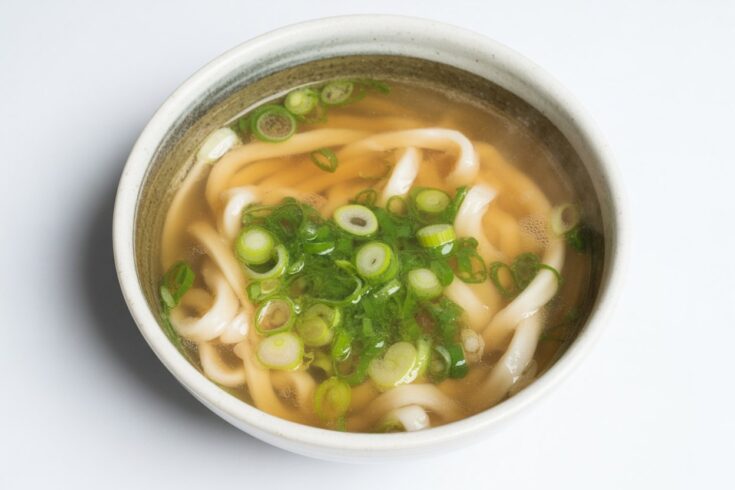
A little foodie note: Shabu shabu is the ultimate Japanese comfort meal—thinly sliced beef and crisp vegetables swished in a light broth, then dipped into bright ponzu or creamy sesame sauce. It’s interactive, cozy, and perfect for sharing at the table.
Ingredients
For the Broth
- 1 liter water
- 10 g dried kelp (kombu)
- 50 ml sake
- A strip of yuzu peel (optional)
For the Hot Pot
- 400 g thinly sliced wagyu beef (or other marbled beef)
- 200 g napa cabbage, roughly cut
- 100 g firm tofu, cubed
- 100 g enoki mushrooms, roots trimmed
- 2–3 fresh shiitake mushrooms, stems removed
- 100 g chrysanthemum greens (shungiku)
- 50 g carrot, peeled and thinly sliced
- 50 g glass noodles (harusame)
- 200 g cooked udon noodles (optional, for the end)
- 2 pieces rice cakes (kirimochi), toasted (optional)
For Garnishes & Ponzu Sauce
- Store-bought ponzu sauce (or homemade)
- Chopped green onions (optional)
- Grated daikon radish (or spicy momiji oroshi, optional)
Homemade Sesame Sauce
- 2 tbsp sesame paste (nerigoma)
- 2 tbsp rice vinegar
- 1 tbsp soy sauce
- ½ tbsp yellow miso paste
- 2 tbsp sugar
- A small pinch of salt
- Optional: chili oil, grated garlic, garlic chives
Instructions
- Prepare the broth: Soak the dried kelp in water for at least 30 minutes (overnight if you like a stronger flavor). Once softened, place the pot on the stove, add the sake and yuzu peel, and heat gently. Just before it boils, remove the kombu. Let the broth bubble briefly, then remove the yuzu peel. Keep the pot simmering at the table.
- Arrange the hot pot platter: While the broth is soaking, slice and prep all vegetables, tofu, and mushrooms. Lay them out neatly on a large platter alongside the beef slices so everything is ready to cook at the table. Take the beef out of the fridge about 20 minutes before cooking.
- Make the sesame sauce: In a small bowl, whisk together sesame paste, rice vinegar, soy sauce, miso, sugar, and salt until smooth. Divide into individual dipping bowls. Place optional chili oil, garlic, or chives on the side for customizing. Prepare ponzu sauce with green onions and grated daikon if desired.
- Cooking & eating (table-side)
- First bites: Swish a slice of beef in the simmering broth for just a few seconds until pink and tender. Dip into your sauce of choice and enjoy.
- Vegetables & tofu: Add cabbage, mushrooms, carrots, and tofu to the broth. Continue to swish beef slices while the veggies cook so you can enjoy both at once. Once tender, dip the vegetables into ponzu or sesame sauce.
- Greens & noodles: Add shungiku and glass noodles toward the end so they don’t overcook. They only take a few moments in the broth.
- Finishing course: Skim any foam from the broth, season with a little salt and pepper, and ladle into small bowls. Add cooked udon or rice cakes, letting them warm through in the seasoned broth. Garnish with spring onions.
- Serve immediately, enjoying each stage of the meal as it unfolds at the table.
Nutrition Information:
Yield: 2 Serving Size: 1Amount Per Serving: Calories: 1108Total Fat: 46gSaturated Fat: 14gTrans Fat: 1gUnsaturated Fat: 27gCholesterol: 118mgSodium: 3261mgCarbohydrates: 110gFiber: 18gSugar: 41gProtein: 69g
Asianplated.com, occasionally offers nutritional information for recipes contained on this site. This information is provided as a courtesy and is an estimate only. This information comes from online calculators. Although allchickenrecipes.com attempts to provide accurate nutritional information, these figures are only estimates.
Final Thoughts
Shabu shabu is more than a dish—it’s a way to slow down and enjoy food with the people you care about. It’s not meant to be rushed, and there’s no wrong way to make it your own.
The broth might start plain, but by the end of the night, it’s filled with the flavors of everything you’ve cooked together. That transformation is what keeps me coming back to it year after year.
If you’ve never tried making shabu shabu at home, I hope this guide gives you the confidence to set up your own hot pot night. Gather your friends, prepare the sauces, and let the steam fill your kitchen—it’s an experience you won’t forget.
Try other Japanese recipes:

